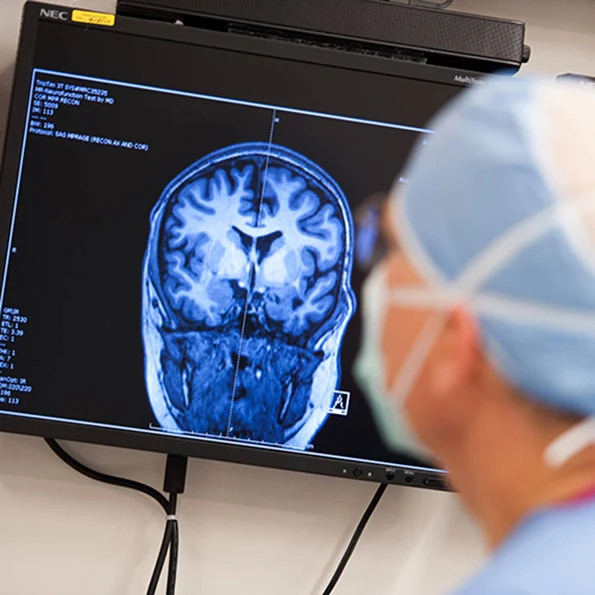1. Procedure Overview
Epilepsy surgery is performed to reduce or eliminate seizures in patients whose epilepsy cannot be controlled by medications. The goal is to remove or alter the area of the brain where seizures originate, without affecting critical brain functions. Common types include:
Temporal Lobectomy: Removal of a portion of the temporal lobe, often effective in treating focal seizures.
Lesionectomy: Removal of a specific lesion (e.g., tumor, scar tissue) causing seizures.
Corpus Callosotomy: Severing the fibers connecting the two hemispheres of the brain to prevent seizure spread.
Functional Hemispherectomy: Disconnection or removal of one hemisphere, used in severe pediatric cases.
Responsive Neurostimulation (RNS) or Vagus Nerve Stimulation (VNS): Implantable devices that monitor and modulate seizure activity.
Surgical decisions are made after detailed evaluations, including EEG, MRI, and neuropsychological testing.
2. Type of Anesthesia
Epilepsy surgery is performed under general anesthesia. In certain procedures (e.g., awake craniotomy), the patient may be awakened during surgery to help monitor language and motor functions.
3. Possible Risks and Complications
Memory or language difficulties
Infection
Bleeding
Stroke
Neurological deficits (e.g., weakness, sensory loss)
Anesthesia-related complications
In rare cases, seizures may not improve or may recur
4. Hospital Stay Duration
Hospitalization typically lasts 3 to 7 days, depending on the type of surgery and the patient’s recovery.
5. Important Post-Operative Care
Ongoing neurological monitoring
Gradual reintroduction of physical and cognitive activities
Continued use of anti-seizure medications initially, with possible dose reduction over time
Follow-up EEG or imaging
Long-term monitoring for seizure control and quality of life improvement.

